Teach Your Dog Their Name – Even Change a New Dog’s Old Name!
Some time ago, we put out a video post on strategies for using your dog’s name effectively. Many of you asked about how to teach your dog their name in the first place or how to change a new dog’s name. Well, we’ve got the rundown on that for you coming up.
What’s in a Name?
Dogs don’t have the same attachment to their names as we do. To us, our name is a big part of who we are. It’s deeply tied to our identity. However, dogs don’t have that same kind of attachment. Dogs don’t process language like we do; they really just memorize the meanings of sounds they hear often. Then, they learn to respond in a particular way to particular sounds we make. To a dog, their name is a sound that simply means, “Hey, check this out.”
So, we use their name to call them into attention, and to precede requests, and to help them differentiate requests made to multiple dogs. Due to this, it’s not only easy to teach a young dog their name, but it’s also pretty easy to change a newly adopted dog’s name to whatever you want. And, if your newly adopted dog came from an abusive situation, changing the name may help you start with a clean slate since they may have negative associations with hearing their old name.
Charging the name
To dogs, the words that we teach them become antecedents that predict something else. So, for example, when we say “Sit,” that should predict the action of putting their bottom on the ground. This is a classically conditioned relationship. Similarly, if we say things like “Do you wanna go for a walk?” or mention riding in the car, your dog gets all psyched because they have a good expectation about what those words predict. So we need to do the same thing with their name, and we do that with a Classical Conditioning exercise.
- Grab a handful of high-value treats, or do this at mealtime and hand-feed your dog during the exercise:
- Say your dog’s name
- Give them a piece of food.
- Wait a couple of seconds. Do it again.
It MUST be done in this order: Name, then food almost immediately, then pause. With each successive trial, the sound of their name begins to predict something good. This is cultivating a Conditioned Emotional Response (CER), a concept we’ve talked about before on the Simpawtico channel. That short pause in between trials helps preserve the integrity of each trial and makes sure the association we intend is the one being made. The gap draws attention to the pairing.
If you run them together too closely by going “name-food-name-food-name-food,” then their name becomes a short break to fill the absence of the food, and they’ll actually start tuning it out. This is the exact opposite of what you want! Just take your time with it and do it right.
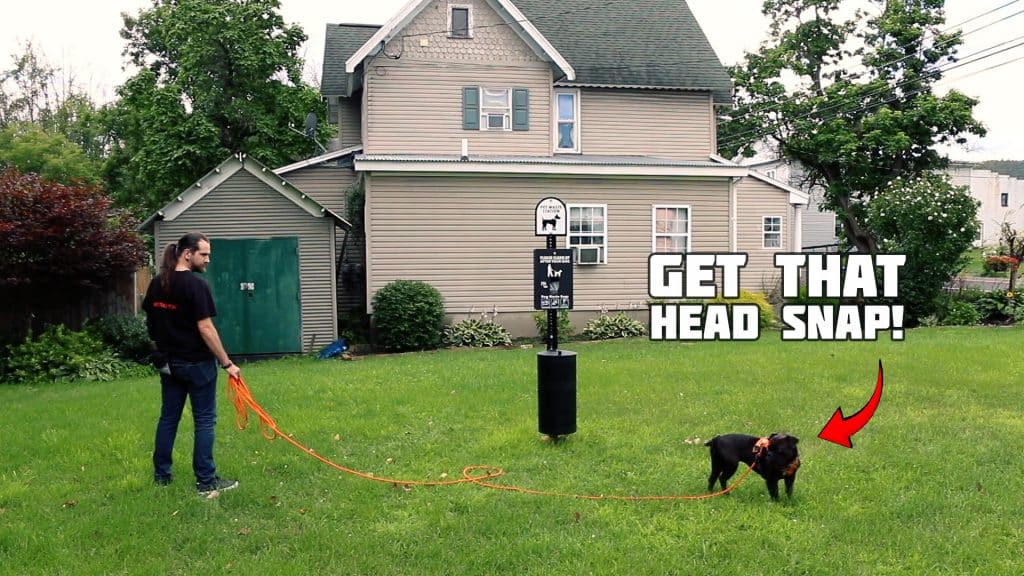 This process actually happens pretty quickly. Within a couple of sessions, you ought to have the foundation well enough established to move forward.
This process actually happens pretty quickly. Within a couple of sessions, you ought to have the foundation well enough established to move forward.
Sonar Ping
Think of this like a sonar ping to test the waters. Hang out with your dog in a relatively distraction-free environment. Allow them to look around and explore naturally. Don’t try to actively distract them with something like having someone get their attention or throwing a ball. Just hang out and let things happen naturally. You can do this inside or outside if there aren’t too many distractions.
Then call your dog’s name in an upbeat, peppy tone. You’re looking for the “head snap.” This is something that you reinforce just like any other behavior. Mark the behavior, back up a few steps as they come to you, and make this a dynamic reward-event. Incidentally, not only is this teaching them the value of hearing their name, but it’s building the spatial gravity necessary to make Come and Off-leash following more successful. It’s a powerful bond-building game.
The Butt Tap
Now we also condition a second prompt to get their attention, and this one is a physical one. Physical prompts are typically more relevant to dogs than verbal ones, but we want to prioritize the verbal. For this reason, this physical cue will just be something we keep in our back pocket when the verbal isn’t working. This is the butt tap.
After doing the first two exercises, follow this protocol: tap–>name–>back up and reward. As before, we prefer to make this active and dynamic with lots of movement. You could do this passively by handing them the food, but movement is always way more engaging and helps turn outwardly directed energy back toward you.
Now you have two ways to redirect attention back to you when they’re focused on things in the environment. Incidentally, if you have a reactive dog, rehearsing the butt-tap in neutral environments will make it more likely to work when you need it out in the world.
Follow best practices
As your dog falls in love with hearing their name, you must protect your work. We talked at length about this in our Name Strategies post, but probably the biggest takeaway is to never use your dog’s name as a reprimand or part of a reprimand. People tend to do this a lot, and it’s a huge contributing factor as to why dogs don’t listen. As with most annoying behaviors, it’s usually people’s fault. Only use your dog’s name to precede reasonable requests or to otherwise engage with them in some positive fashion. We’ll link to our name strategies video below, so you can go a little deeper with this info if you’d like.
All right, everyone, I hope this has given you a quick and easy roadmap to follow as you teach your new dog their new name. Let us know how this has worked for you and what some of your stumbling blocks have been. And leave your questions in those comments.
Don’t forget to thumbs up the video on YouTube if you found it useful, and as always, keep learning, keep practicing, and we’ll see you again soon!
RESOURCES
Our post on Modular Reward Events plays heavily into the work you learned about here. The links below are affiliate links. These won’t cost you anything extra, but the commissions we may earn through them help offset the cost of dog treats. Thanks for your support! The gear used in this video:
- Mendota Check Cord on Amazon
- PetSafe Treat Pouch Sport on Amazon
- Pet Botanics Training Rewards on Amazon
Also take a look at our Power Tip video-post to supercharge kibble as a training reward


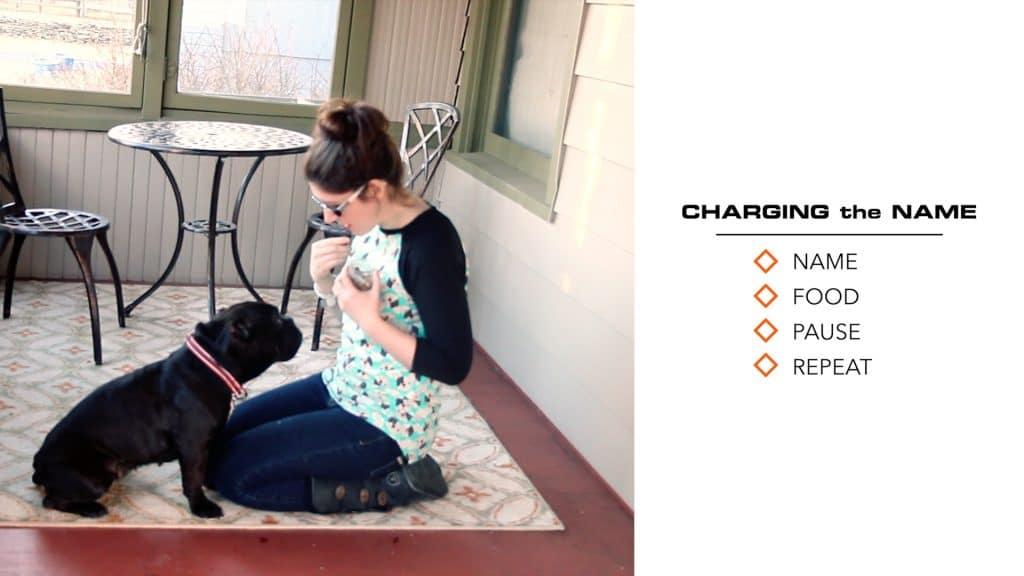
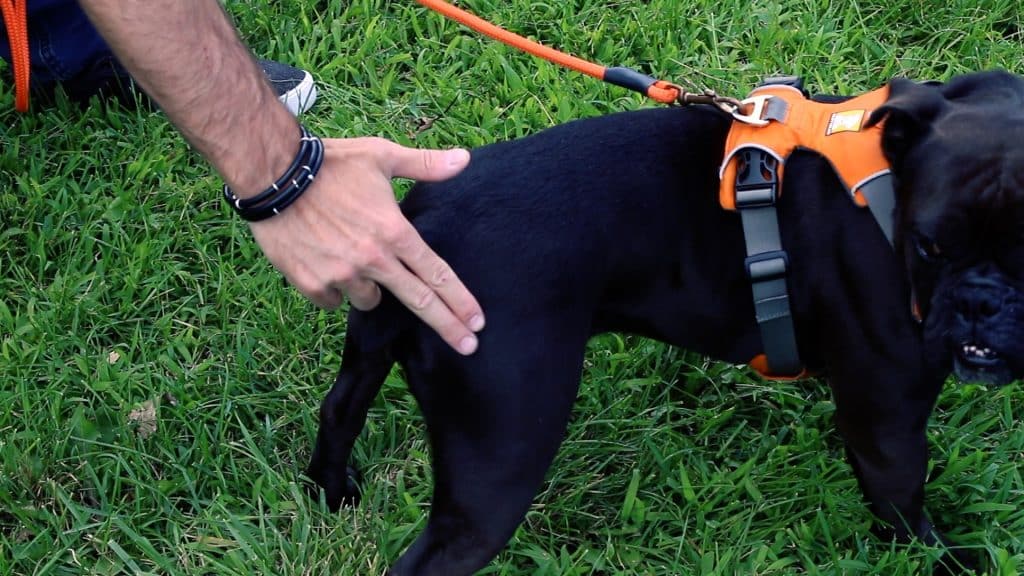
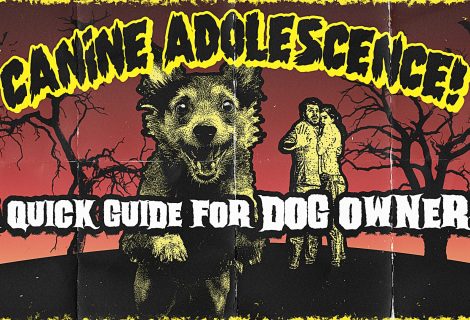
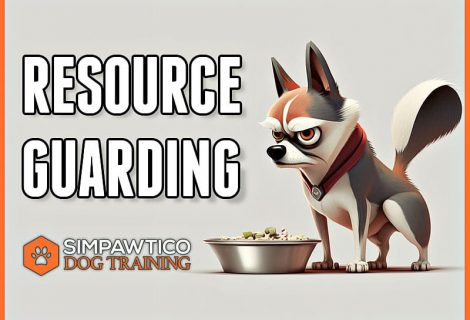




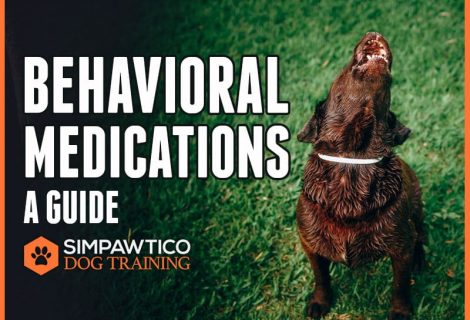
What do I do if all my dog wants to do is chew on her lead, scratch at her collar or chase our other dog and harrass her?